GoDesign Games
A generative framework for participatory spatial design, funded by Ministerie van Onderwijs, Cultuur en Wetenschap, Ontwerpkracht,(2019/05-2021/05)
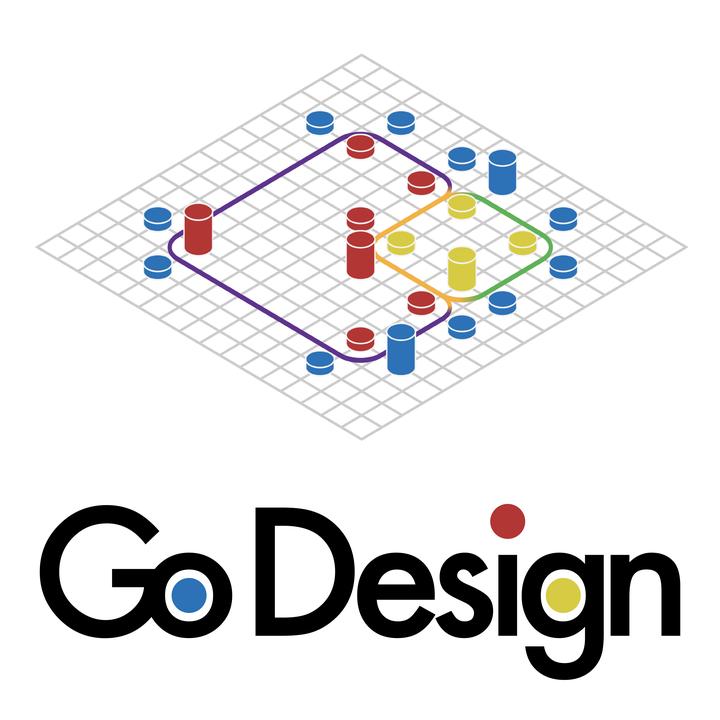
Team: Ir. S. Azadi, Dr.ir. P. Nourian Consultant/Advisor: DEMO Consultants B.V. and, Dr.ir. Geertje Bekebrede
Keywords: Generative Design, Participatory Design, Topological Design, Multi-Criteria Decision-Making, Gamification
The initial step, Planning, focuses on the multi-objective and multi-actor aspect of the spatial design problems. Our gamified decision making process enables the stakeholders of the project to achieve consensus on the specifications of the project (Batty, 2013, 2016), which will be captured in a bipartite graph (Bai, 2020) describing the preference profile of each spatial program.
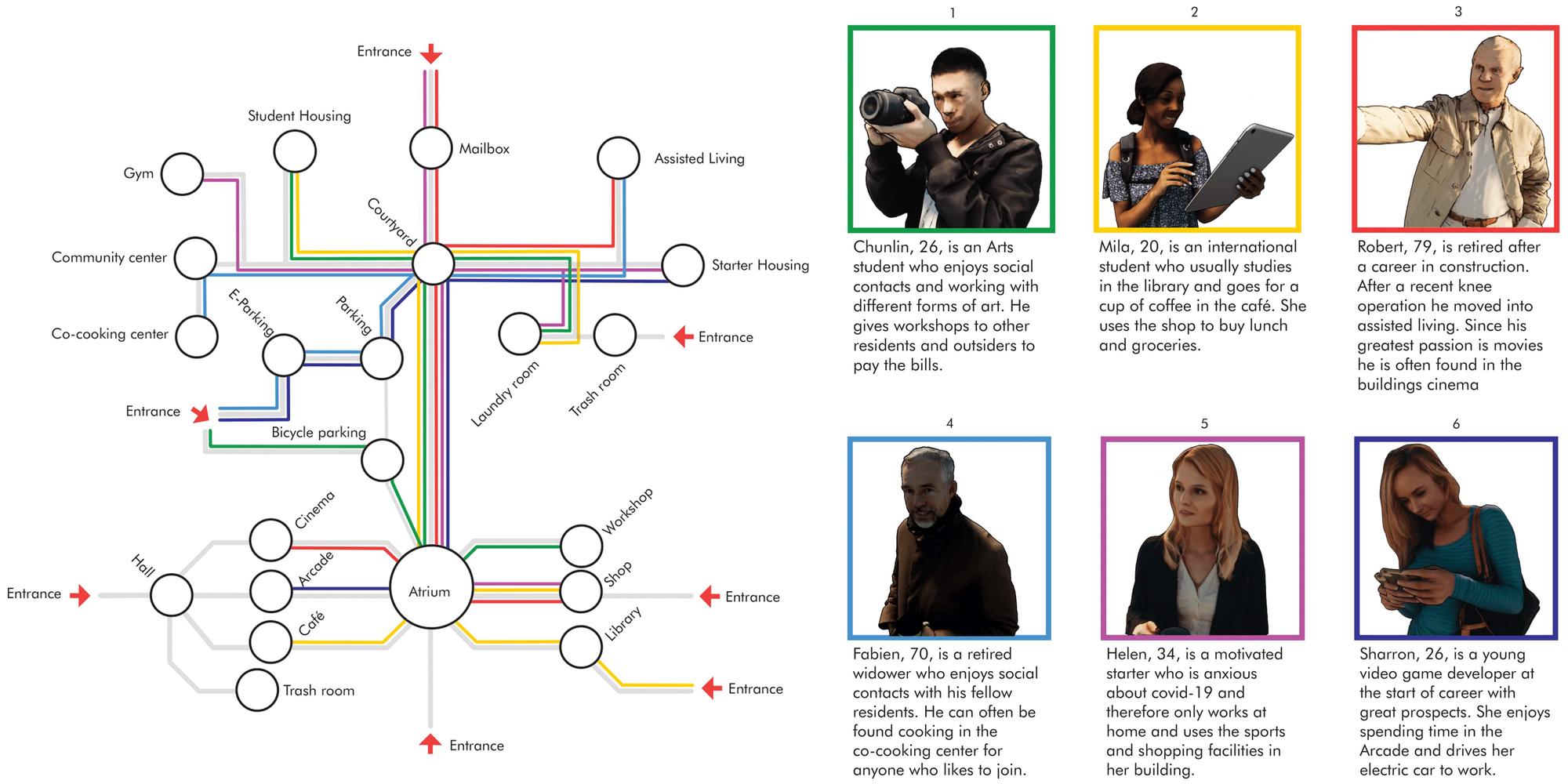

The second step, Configuring, focuses on multi-dimensional and multi-objective aspects of the problem. The inputs are the bipartite graph of spatial preferences, discretized boundary volume, and the context information. A simulation engine will attempt to find a mapping from the voxels to the set of spatial programs under the condition that the preferences are satisfied (Nourian, 2016).
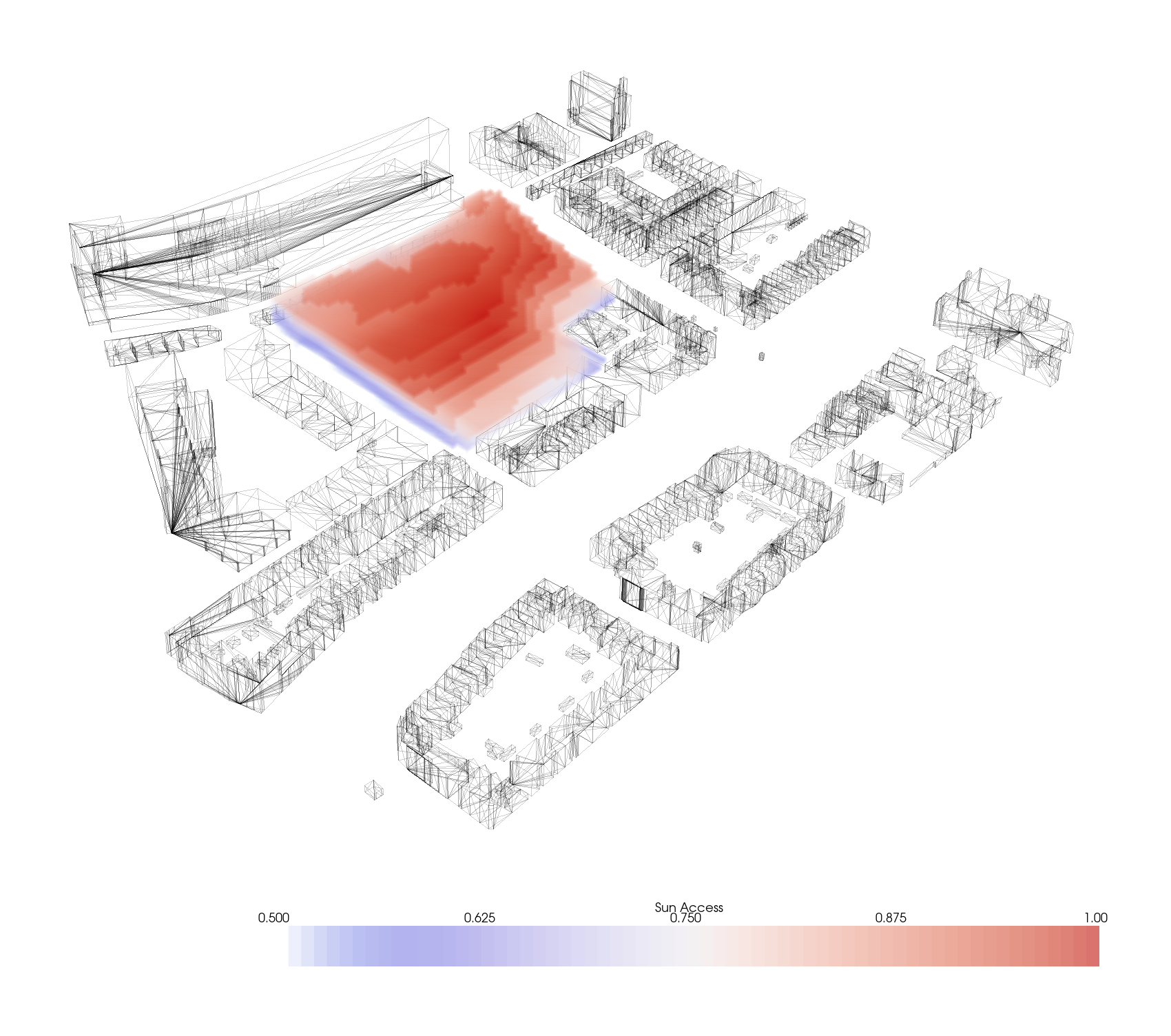
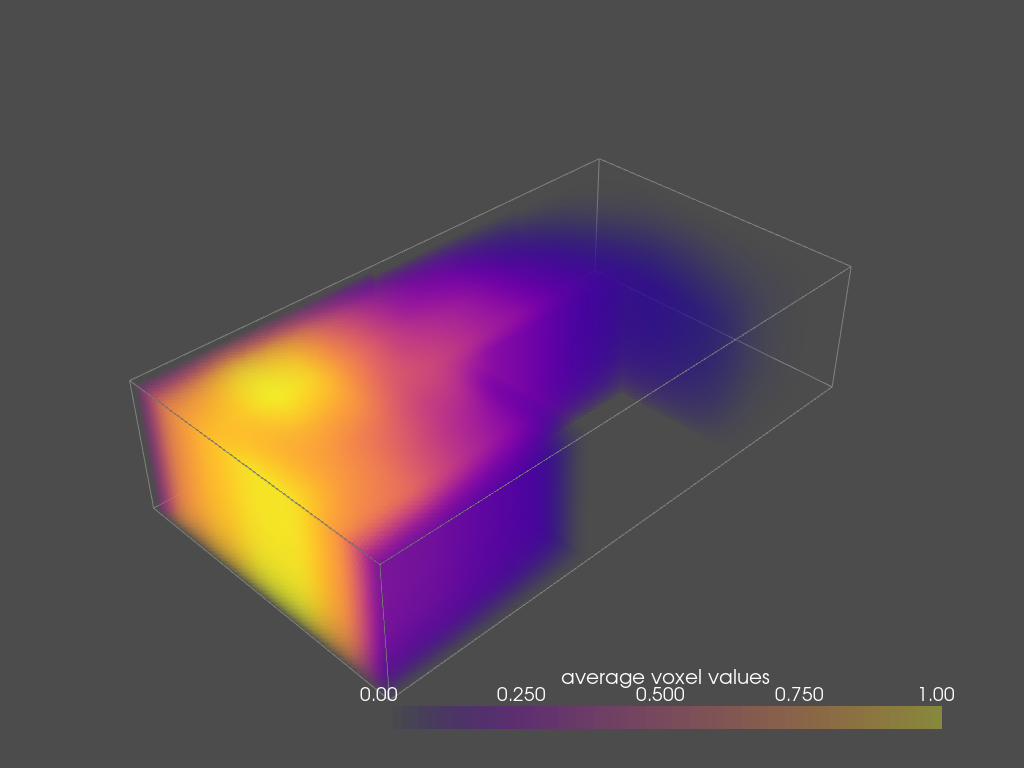

The final step, Shaping, is only concerned with multi-dimensional aspects of the problem. The resultant mapping from the Configuring step will be polygonized to create the geometrical representation of the configuration (Savov, et al., 2020).
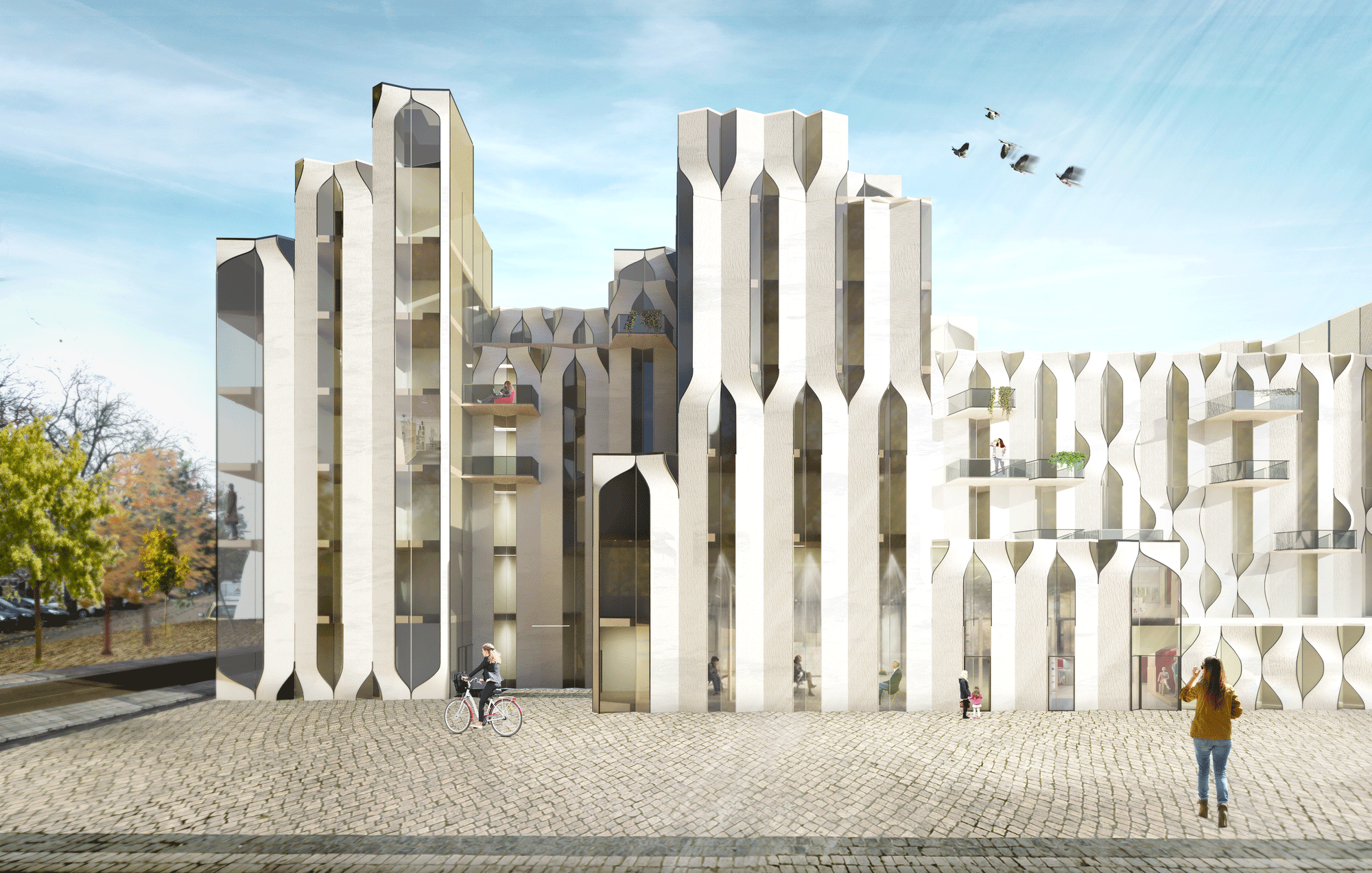
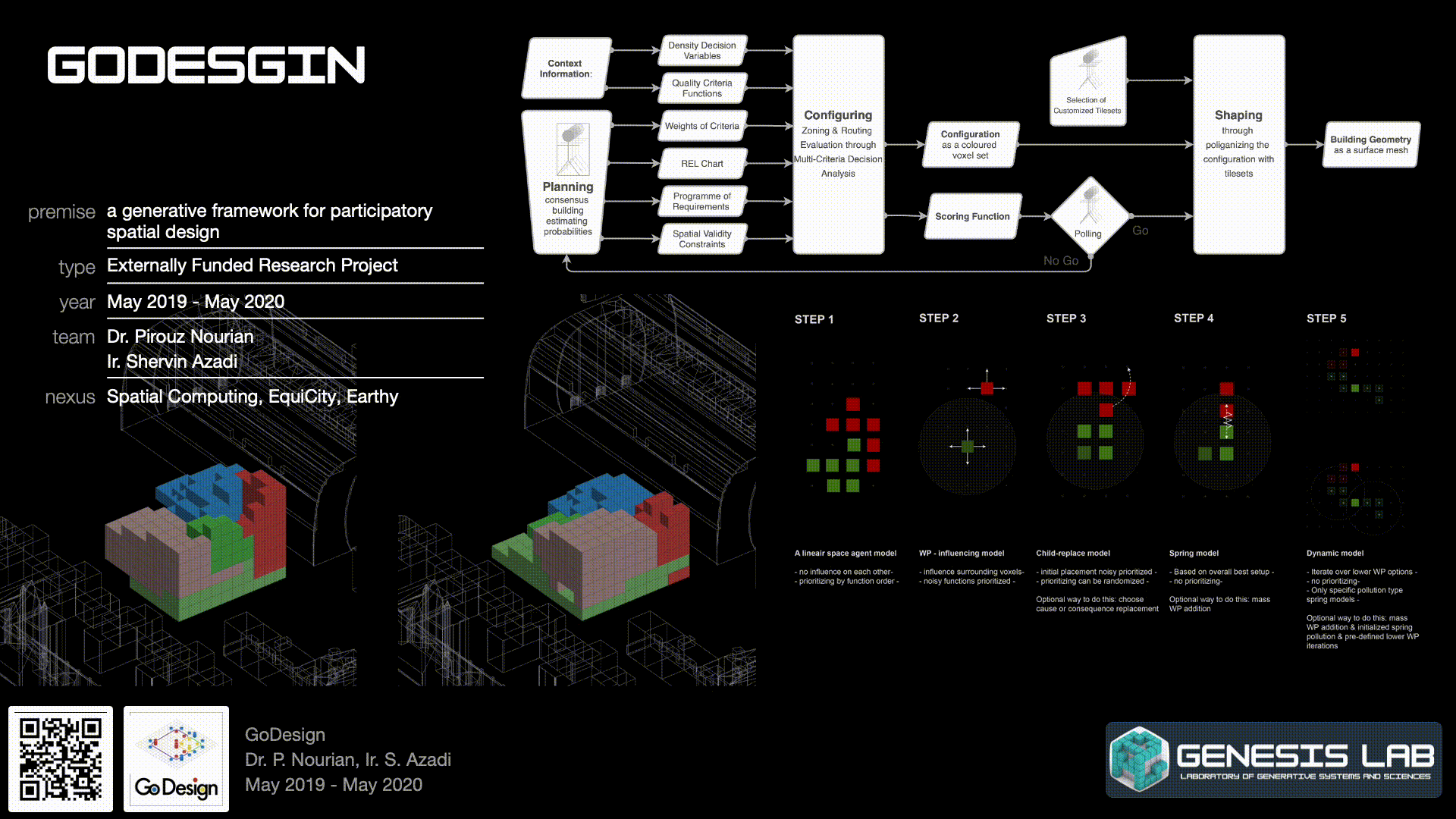
Dissemination
Peer-Reviewed Publications:
- GoDesign: A modular generative design framework for mass-customization and optimization in architectural design _eCAADe 2021, video
- Decision-Making as a Social Choice Game: Gamifying an urban redevelopment process in search for consensus
- GoDesign - IEEE transactions on Games (forthcoming, due to be submitted in May 2021)
Presentations in Professional Media:
- Digital Futures Young - Presentation
- Collective Intelligence in Generative Design: A Human-Centric Approach Towards Scientific Design _Rummour BouT,No. 76:Generative Design pp.7-16
- Configurative Design A Generative Approach to Digitization, Digitalization, and Digital Transformation in Architectural and Urban Design, video
Continuation:
- Education: Spatial Computing Design Studio Course Info - Student’s Projects: Repositories + Website
- Valorisation: EquiCity - Research Grant provided by NWO/NWA Idea Generator
- Research: topoGenesis
References:
Bai N, Azadi S, Nourian P, Pereira Roders A. 2020. Decision-Making as a Social Choice Game: Gamifying an urban redevelopment process in search for consensus. In Anthropologic – Architecture and Fabrication in the cognitive age - Proceedings of the 38th eCAADe. Vol. 2. 2020. p. 555-564
Batty, M. (2013). The New Science of Cities. The MIT Press. DOI
Batty, M. (2016). Evolving a Plan: Design and Planning with Complexity. In Complexity, Cognition, Urban Planning and Design (pp. 21-42). Springer, Cham.
Hermans, L. M., & Cunningham, S. W. (2018). Actor and Strategy Models: Practical Applications and Step-wise Approaches. John Wiley & Sons.
Huang, I. B., Keisler, J., & Linkov, I. (2011). Multi-criteria decision analysis in environmental sciences: Ten years of applications and trends. Science of The Total Environment, 409(19), 3578–3594. DOI
Nourian, P., 2016. Configraphics: Graph theoretical methods for design and analysis of spatial configurations.
Savov, A., Winkler, R., Tessmann, O., 2020. Encoding Architectural Designs as Iso-surface Tilesets for Participatory Sculpting of Massing Models, in: Gengnagel, C., Baverel, O., Burry, J., Ramsgaard Thomsen, M., Weinzierl, S. (Eds.), Impact: Design With All Senses. Springer International Publishing, Cham, pp. 199–213. DOI